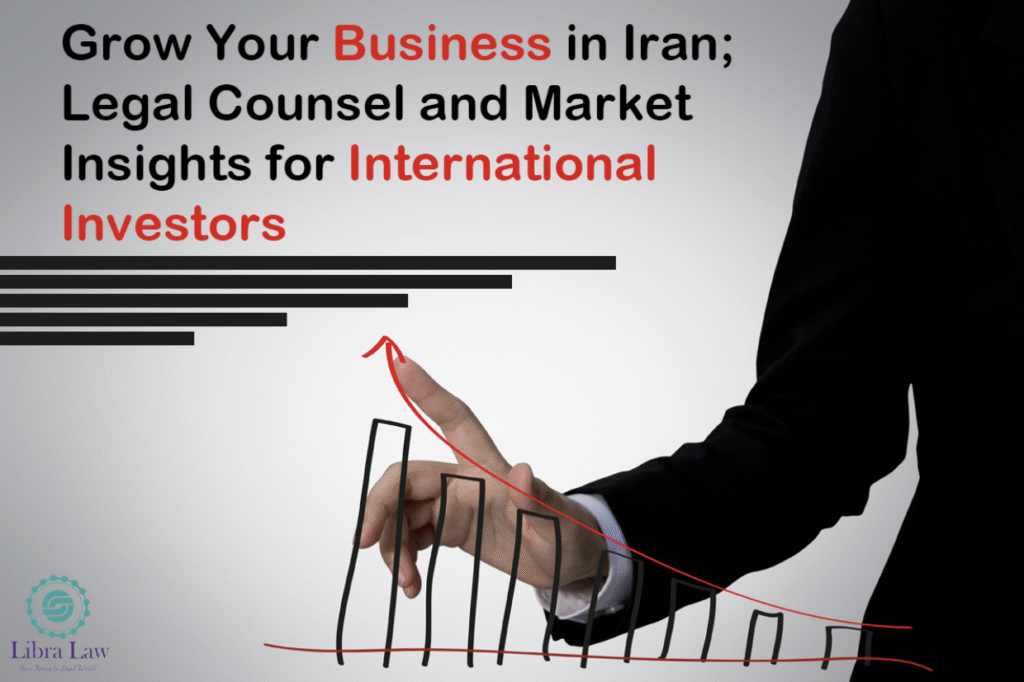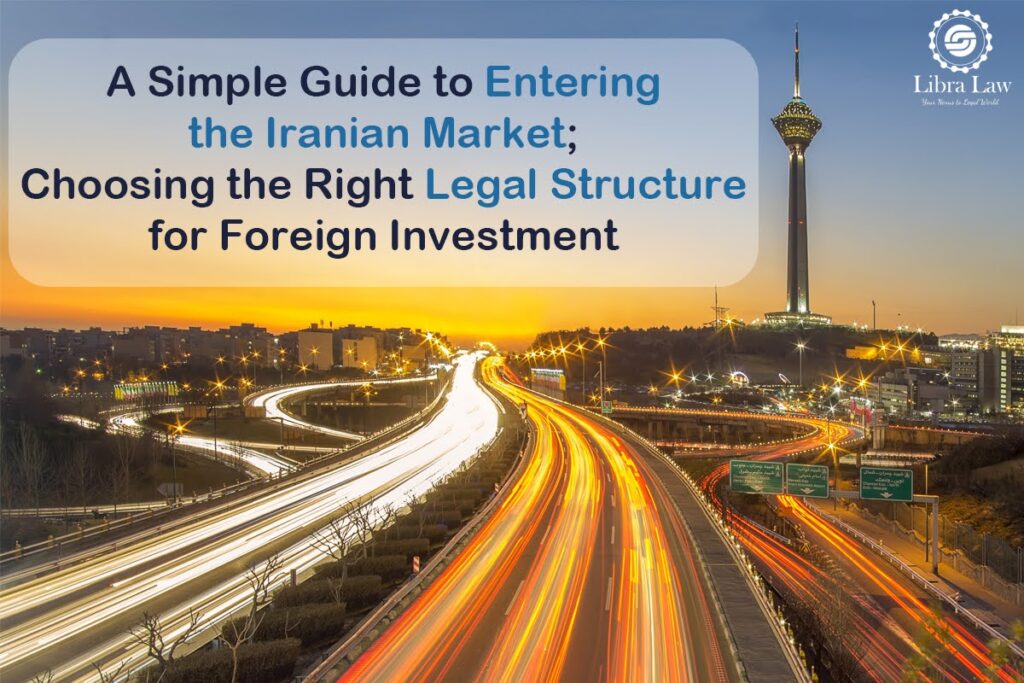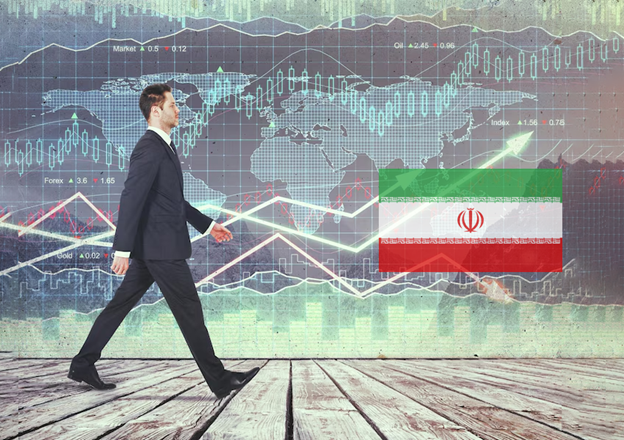Are foreign investors allowed to invest in Petroleum in Iran? What are the legal considerations in the framework of oil and gas law? In fact, the approach of Iranian legal system to investment in the upstream sector can be divided into two types: First, the approach adopted in general and permanent regulations, as a fixed approach, and second, the approach adopted in temporary regulations. Here, these approaches are discussed briefly.
- Permanent Regulations
Basically, three types of laws and regulations are included in this category as follows: The approaches adopted in the Constitution, the Foreign Investment Promotion and Protection Act (FIPPA) and the specific laws and regulations in oils and gas law.
1.1 Approach of the Constitution of Iran
As it is mentioned in the introduction of the Constitution law of Iran, “Economy is a Means not an End”From this perspective, the economic plan of Islam is to provide apt conditions for the emergence of human beings’ various creativities. In other words, it is a means that is not expected to do anything except better facilitate reaching the goal. What is more, in accordance with Art. 43.8 of the Constitution law, the economy of the Islamic Republic of Iran will be based on the “preventing the economic dominance of foreigners in the national economy”.
As mentioned in Art.44, the national industries and energy sources are owned and under the control of the state. Upstream and downstream sectors are considered the exclusive power of the state in doctrine (authors like Dr. Shiravi ). Even some experts believe that the private sector is not allowed to get involved in this area.
It is in line with the approach adopted in the Law on implementation of General policies of Art.44 of the Constitution law. Under Art.2 of the said law, the oil and gas sector is in the domain of public activities and is owned by the state. Hence, the upstream sector is 100% owned by the government. Yet, the ancillary services of the upstream sector is considered as a non governmental activity based on Art.2 of the Law on implementation of General policies of Art.44 of the Constitution.
1.2. Approach of the FIPPA
The Foreign Investment Promotion and Protection Act (FIPPA)[Interlink to our article, in investment law, FIPPA at a glance] has adopted a similar approach to the Constitution. The Act has considered two methods for admitting the foreign investment. The methods are mentioned in Art.2 of the FIPPA as:
- “Direct foreign investment in those fields that private sector activity is authorized;
- Foreign investments in all sectors within the frameworks of “civil partnership”, “buy back”, and “build, operate and transfer (BOT)” where the return of principal and profit arises solely through the economic activity of the same investment project and does not rely on any guarantee by the government or banks or government companies”.
With regard to the direct foreign investment, it should be noted that the private sector is allowed to invest. What is more, there is no restriction for the foreign investment under the bylaws of FIPPA. In fact, one should keep in mind that this provision should be interpreted considering Art.2 of the Law on implementation of General policies of Art.44 of the Constitution which was discussed earlier. Accordingly, direct foreign investment in the oil and gas sector is not possible.
Regarding the foreign investment by the framework of BOT and Buy Back, it can be said that the government is the exclusive owner of the upstream sector. Hence, it can be concluded that the private sector is not entitled to intervene in the upstream section fundamentally.
1.3. Approach of the Petroleum Law & Regulations
It Is stated in Art.6 of Iran Petroleum Act that investment in the oil and gas industry should be approved by the Ministry of Petroleum and foreign investment in the petroleum sector is not allowed. It seems that this Article covers both upstream and downstream sectors. However, the private sector is allowed to intervene in the upstream ancillary industries based on Art.3 of the law on implementation of General policies of Art.44 of the Constitution. The aforesaid industry covers petroleum refineries, pipelines and Telecommunication, oil and gas transmission industry and the petrochemical industry. Hence, there is a contradiction between the Iran Petroleum Act and the law on implementation of General policies of Art.44 of the Constitution.
It is worth mentioning that for legal interpretation we should consider all the relevant acts and regulations. For instance, the regulations which authorize the National Iranian Oil Company for oil exploration, development and exploitation in the Caspian Sea need to be taken into consideration in 2000. Accordingly, the National Iranian Oil Company in this area is authorized to conclude agreement with the domestic and foreig companies. Yet, the scope should be limited to the Capian sea.
- Temporary Regulations
Temporary regulations are drafted for certain time and they will have no effect after their expiry dates. These include long term and mid term regulations. Long term acts and regulations which are drafted for a period of 10 or more years as a guideline for financial plans. Mid term regulations are enacted for a period of 1 or 5 years. These regulations are considered as important and effective legal documents for executive agencies, including the oil industry in different strategic fields.
What is more, the 6th five-year development plan (2016-2021) is one of the most important legal documents which outlines development policies and investment plans of the Iranian government. The plan aims to boost power generation and investment through different PPP models like BOT or BOOwhich can be funded through domestic and international finance. The objectives of the plan are mentioned in the plan as:
- “supporting establishment of non-governmental organizations to invest in exploration activities (not possession), production and development of gas and oil fields specifically shared fields in line with Article 44 policies (para.12)
- assignment of gathering, controlling and production associated gas in all gas fields and facilities to the public” (para.15)









